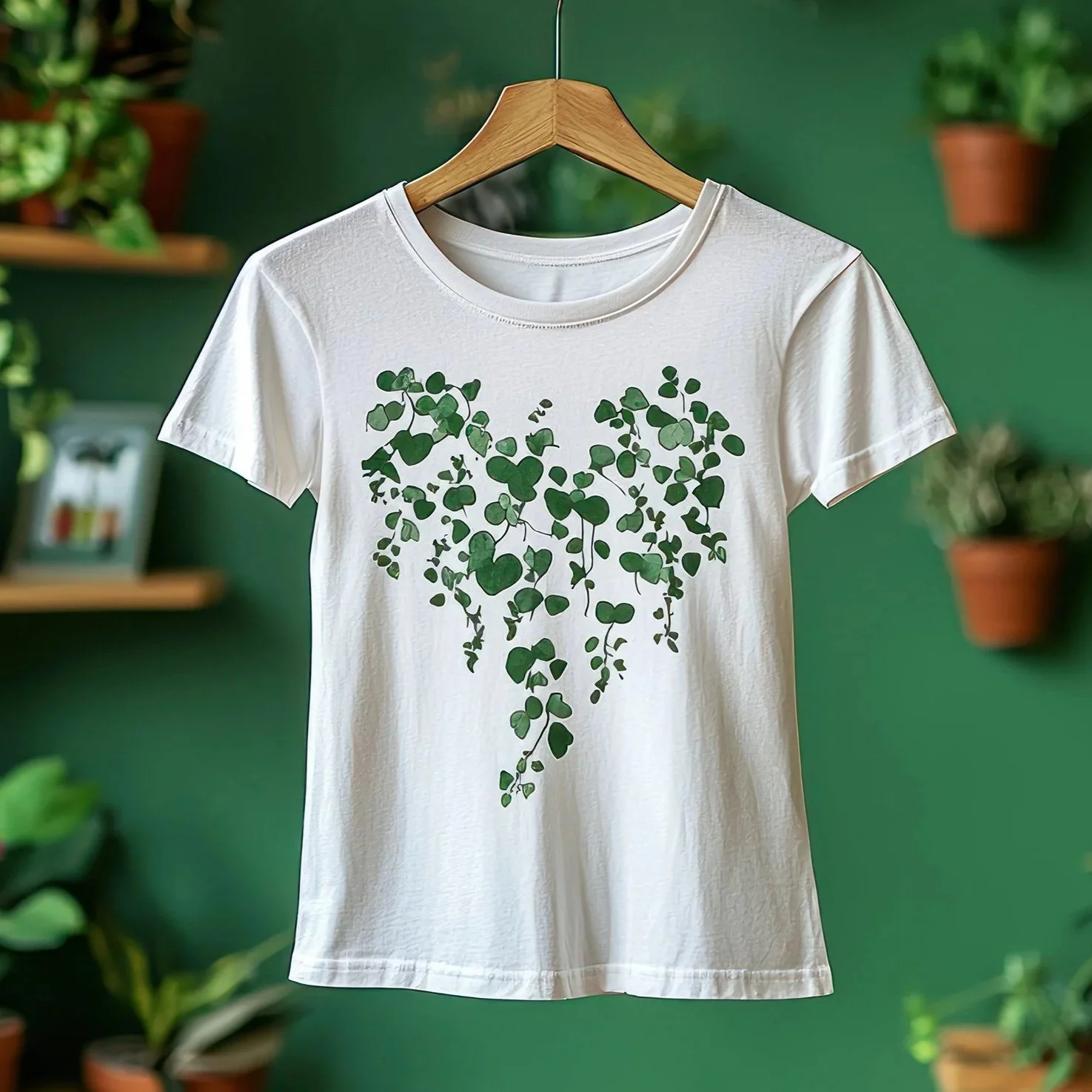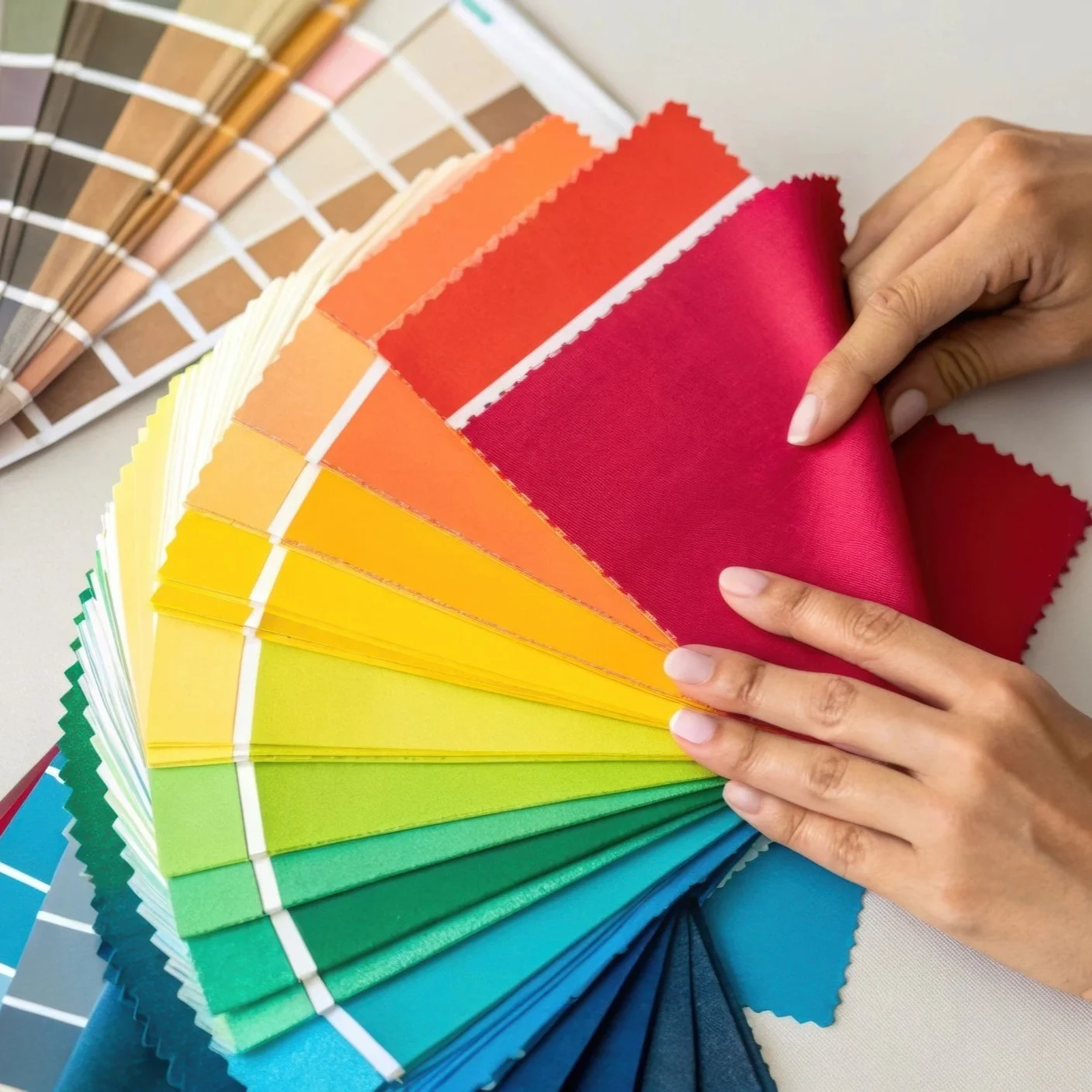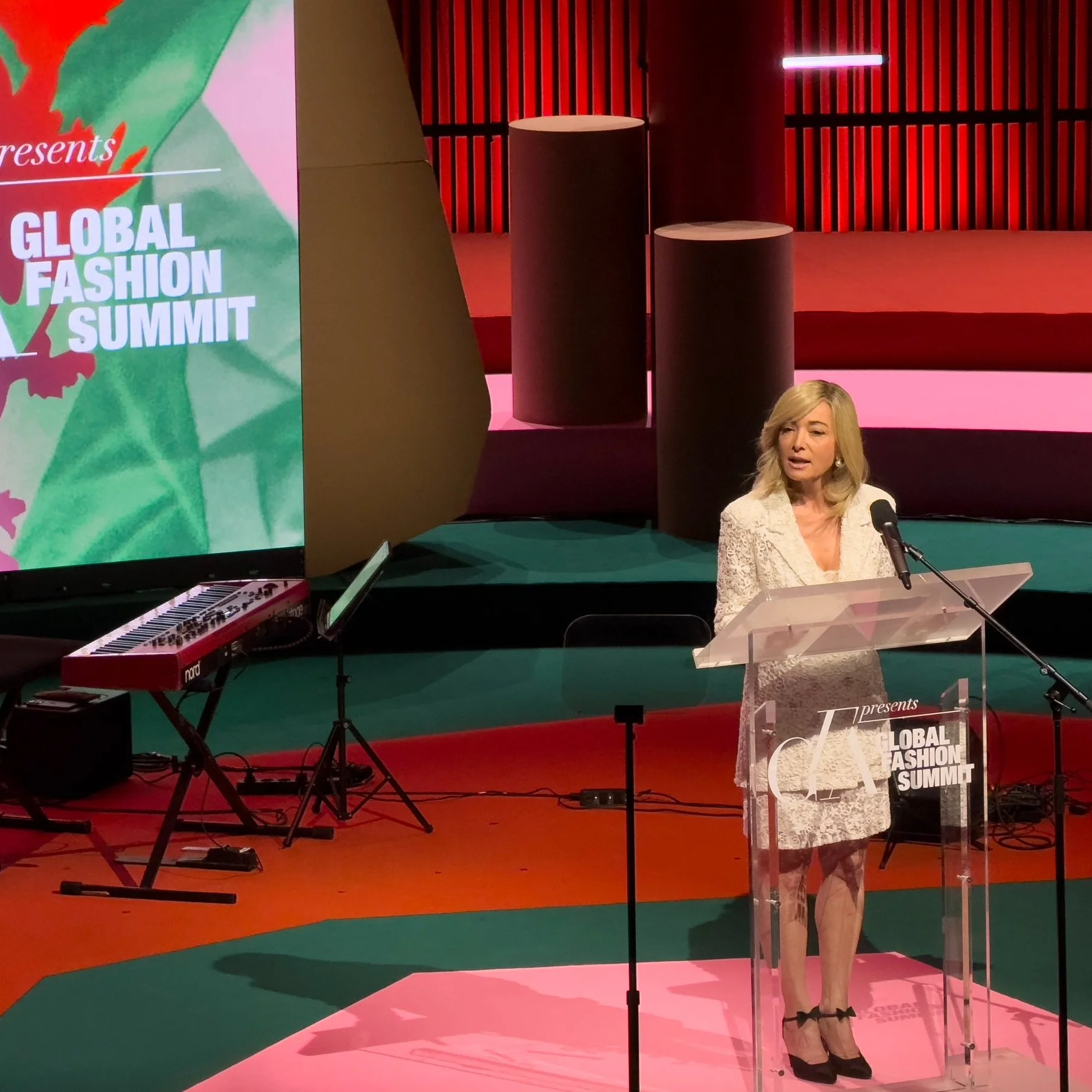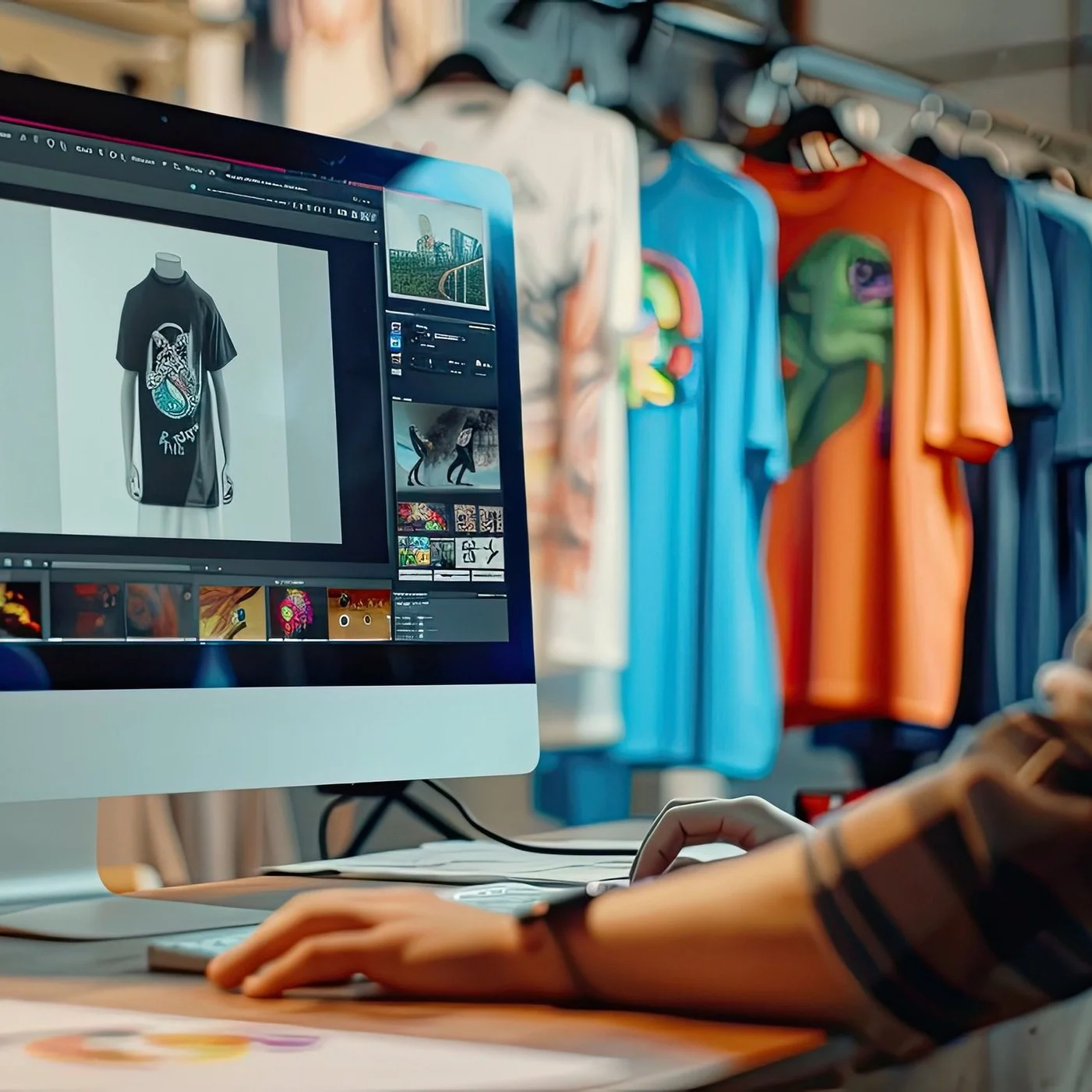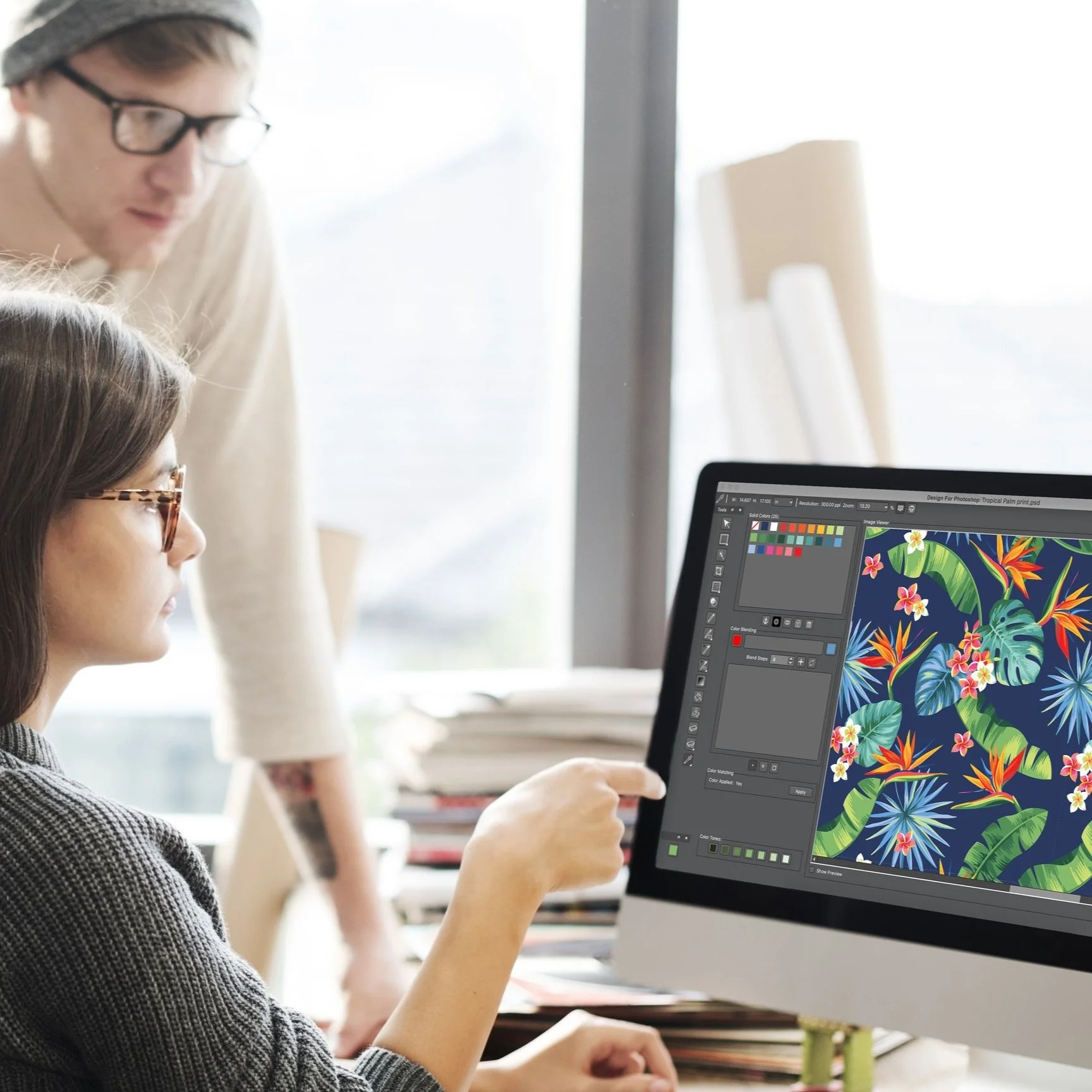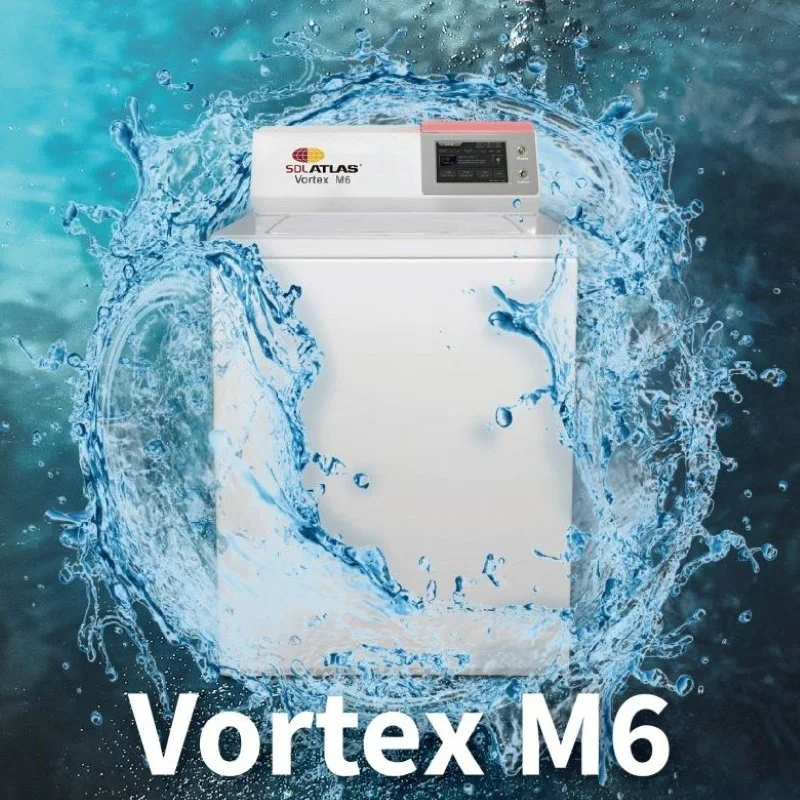INDUSTRY INSIGHT: WHAT DID WE LEARN AT THE FUTURE OF ON-DEMAND PRINTED TEXTILE PRODUCTION WORKSHOP

“This roundtable discussion is a treasure trove of insights into the future of on-demand textile production. The discussion unravels the complex interplay between market shifts towards sustainability, fabric innovations, colour management, and the role of technology in scaling production. Emphasising on the importance of collaboration, efficiency, and continuous adaptation, the conversation reveals the textile industry as an ever-evolving landscape, ready to embrace change and strive for innovation.” Debbie McKeegan | CEO | Texintel
Hosted at the Hybrid Services demonstration centre and immersed in cutting-edge Mimaki digital printing technologies, the textile industry recently gathered for a day of discussion. Conversation centred on the "Future of On-demand Textile Production" and delved into the critical market shifts and challenges facing the textile industry.
Speakers, industry specialists and guests shared their perspectives and knowledge freely in a day of relaxed open conversation circling Fashion, Interior Decor and Sportswear manufacturing.
Key discussions centred around the digitisation of the supply chain and the evolving challenges that affect day-to-day sourcing and manufacturing. In particular new regulations and the implementation of certifications to ensure accountability. The role of digital technology—particularly print, AI and advanced colour management systems—was underscored as essential in simplifying workflows and enhancing overall efficiency. As the conversation evolved, the importance of collaboration and knowledge sharing within the textile sector emerged as a cornerstone for future innovation, supply chain transparency, the integration of software and automation for scaling production, and the paramount need for ongoing education. Throughout the day conversation consistently highlighted data, sustainability, and cutting-edge print and ink technology as pivotal elements shaping the future landscape of manufacturing across the textile industry.
Key Insights:
Environmental Adaptation: Market Shifts and Sustainability
Marc Verbeem of Mimaki, Europe shared insight on the textile market shift towards sustainable practices and the challenges presented - emphasising the need for carbon footprint reduction and product traceability. He highlighted the delicate balance between responding to these market shifts and maintaining high-speed printing and stability. To quote, " It has been estimated (across multiple sources) that in 2022, only 8.9% of printed textiles were produced digitally, all the remaining meterage being printed using analogue technology. In 2030 that figure is forecast to increase to 20%...”
Innovative Fabrics, Diversified Materials
Highlighting the role of fabric versatility and material innovation in achieving sustainability targets, Mitesh Patel of Premier Digital Textiles brought attention to developments like "Mesa", a blend of polyester and cotton, offering diverse, duplex printing applications. He added " From our point of view as a fabric supplier, we're not manufacturing the fabric ourselves, but we're innovating and looking at new fibres, new techniques, and also changing our product range to offer more sustainable fabrics - organic cottons, recycled cottons, recycled polyester"
Streamlined Workflow: Colour Management and Automation
Natalie Leeb of AVA, CAD, CAM reinforced the significance of leveraging colour management to standardise the quality of textile production and explained "Colour management underpins consistency and quality across all outputs. By leveraging advanced automation in our workflow, we ensure that our clients not only save time but also achieve unparalleled accuracy." This forward-thinking approach signifies a shift toward prioritising precision in an industry where colour accuracy is paramount.
The Digital Wave: Seamless Manufacturing and Technology Evolution
The conversation turned towards seamless manufacturing and the role of technology in rewiring the textile industry. Stressing the importance of collaboration, transparency, and knowledge sharing. With the speaker's comments, and guests collectively leaning towards advancements in digital printing and the shift towards on-demand manufacturing.
Marc Verbeem underscored the advancements made by Mimaki in digital textile printing, stating: "Mimaki is leading the charge with innovative digital solutions that not only enhance print quality but also significantly reduce production times. Our latest developments include next-generation printers that prioritise sustainability, enabling manufacturers to meet both their efficiency goals and environmental responsibilities. This trajectory signals a groundbreaking shift in how we approach textile production, ensuring that we remain at the forefront of industry evolution.
The Road Ahead: Scaling Production and Future Trends
In conclusion, the textile industry is focused on future trends and the scaling of production. The potential of software in standardising processes, the importance of automation in meeting growing e-commerce needs, on-demand manufacturing demands, and the need for continuous education, innovation, and collaboration were emphasised upon.
"As we navigate the complexities of the textile industry, it’s clear that the future lies in our ability to embrace sustainability and technology. The integration of innovative practices and collaborative efforts will be key to scaling production and meeting market demands. Together, we are redefining the boundaries of on-demand textile production for a more sustainable future." — Debbie McKeegan
















